DARPA, American defence research agency has developed a LiDAR system small enough to be integrated on a microchip yet offering better performance than conventional bulky mechanical devices.
DARPA’s Short-range Wide-field-of-view Extremely agile Electronically steered Photonic EmitteR (SWEEPER) program has successfully integrated breakthrough non-mechanical optical scanning technology onto a microchip.
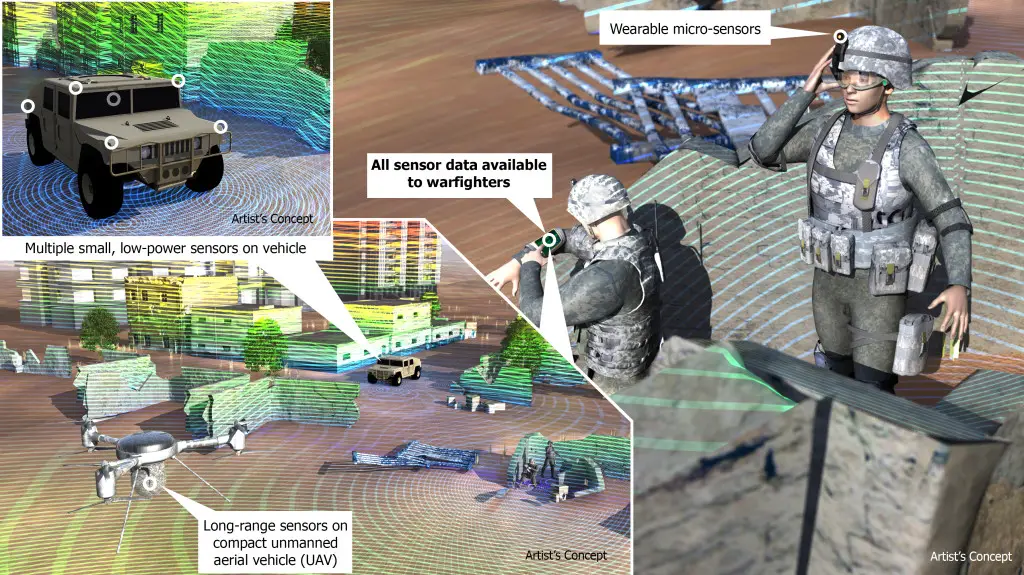
SWEEPER Concept Image
Credit: DARPA
Earlier LiDAR equipments require mechanical assemblies to sweep the laser back and forth. These large, slow opto-mechanical systems are both temperature- and impact-sensitive and often cost tens of thousands of dollars each. All these factor that limit widespread adoption of current technologies for military and commercial use.
SWEEPER technology has demonstrated that it can sweep a laser back and forth more than 100,000 times per second, 10,000 times faster than current state-of-the-art mechanical systems. It can also steer a laser precisely across a 51-degree arc, the widest field of view ever achieved by a chip-scale optical scanning system. These miniature sensors could be tiled to gather data from many different points and collect it in a single panorama.
The extremely low-cost of miniature robust LiDAR sensors opens new doors of technologies for LIDAR and other uses.
Josh Conway, DARPA program manager explained:
“By finding a way to steer lasers without mechanical means, we’ve been able to transform what currently is the largest and most expensive part of laser-scanning systems into something that could be inexpensive, ubiquitous, robust and fabricated using the same manufacturing technology as silicon microchips,”
“This wide-angle demonstration of optical phased array technology could lead to greatly enhanced capabilities for numerous military and commercial technologies, including autonomous vehicles, robotics, sensors and high-data-rate communications.”


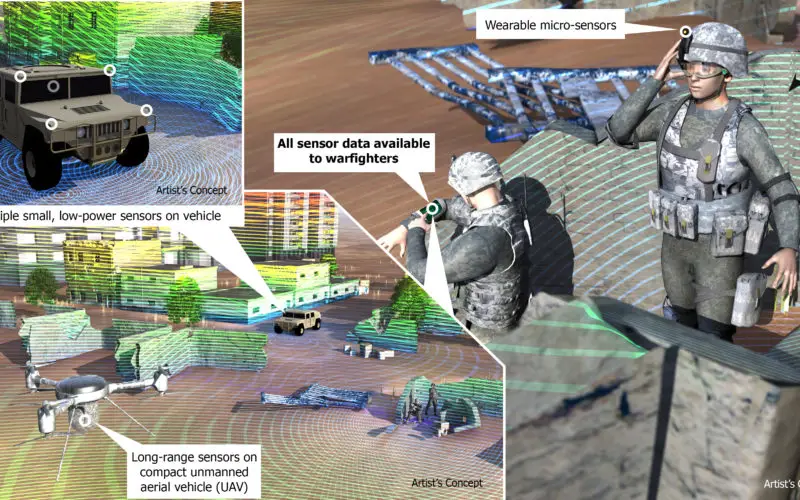
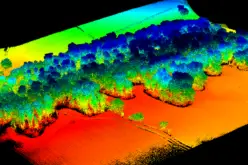



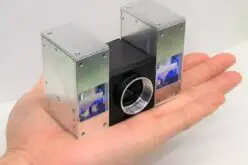
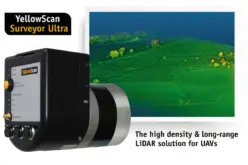



Nice